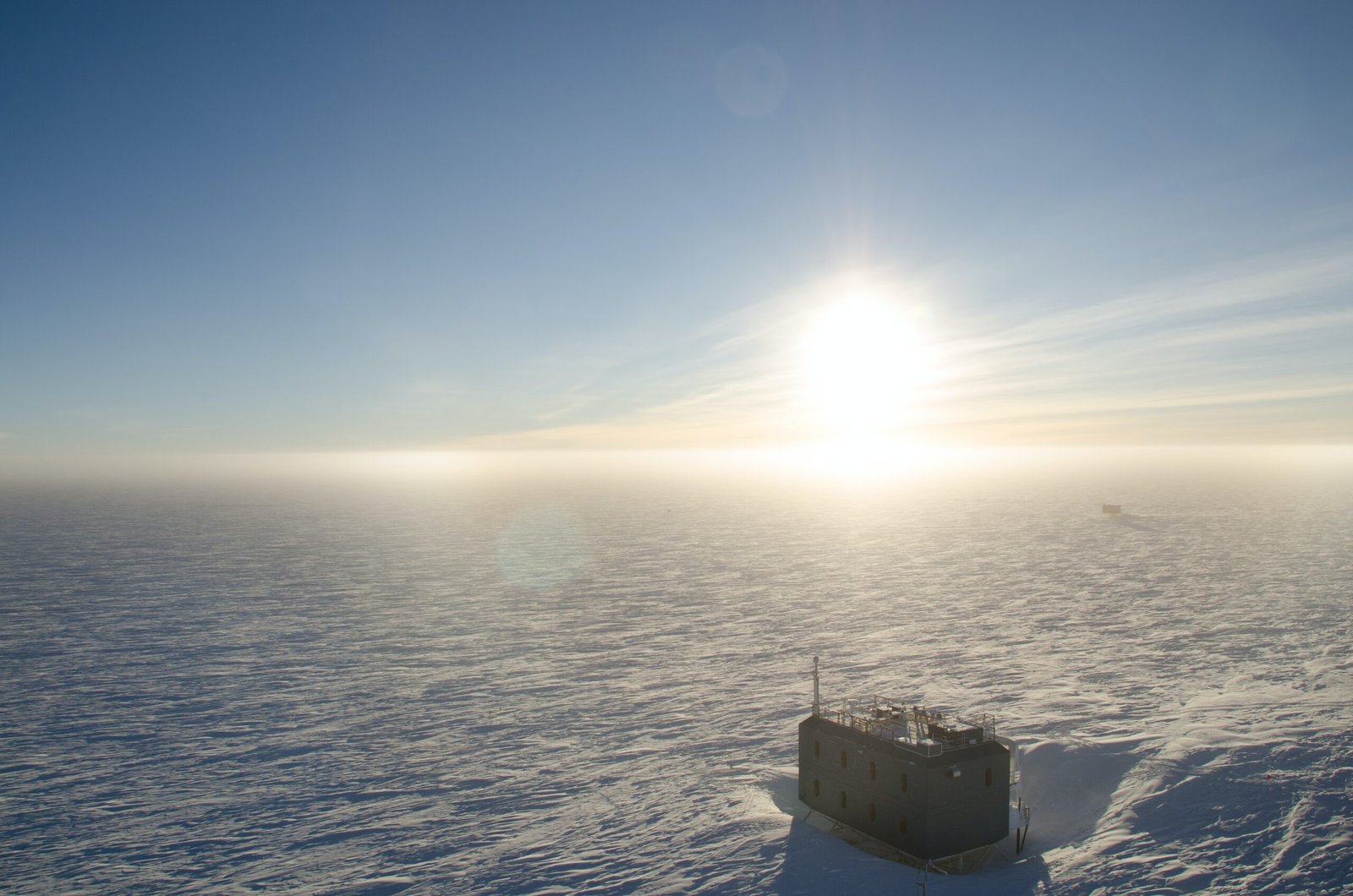The first-ever flight over the South Pole was completed on November 29, 1929, by Commander Richard E. Byrd and his crew. This historic flight was part of the larger exploration mission known as the Byrd Antarctic Expedition. The team used a Ford Trimotor airplane, known as the “Floyd Bennett,” to achieve this feat. This successful flight was a major accomplishment in the field of aviation and exploration, demonstrating human capability to conquer even the most remote and challenging parts of the planet.
In the early 20th century, the South Pole remained one of the last unexplored regions on Earth. Many explorers had attempted to reach the pole by land, but none had succeeded. Commander Richard E. Byrd, a renowned American aviator and polar explorer, saw the potential of using aircraft to reach this elusive destination. Byrd’s vision and determination led him to plan and execute the first-ever flight over the South Pole.
The Byrd Antarctic Expedition began in 1928, with the primary goal of exploring and mapping the uncharted regions of Antarctica. Byrd assembled a team of experienced explorers and aviators, including his trusted pilot, Bernt Balchen. They set up a base camp, known as “Little America,” on the Ross Ice Shelf, from where they would launch their historic flight.
On November 28, 1929, Commander Byrd and his crew embarked on their daring journey towards the South Pole. The Ford Trimotor airplane, named after Byrd’s close friend and fellow aviator, Floyd Bennett, was specially modified for the extreme conditions of the Antarctic. It had extra fuel tanks and insulation to withstand the freezing temperatures.
After a grueling 18-hour flight, battling strong winds and harsh weather conditions, Byrd and his crew finally reached the South Pole on November 29, 1929. They made a successful flyover, capturing stunning aerial photographs and mapping the previously unexplored terrain. This achievement marked a significant milestone in human exploration and opened up new possibilities for future expeditions.
The flight over the South Pole was not without its challenges. The extreme cold and high altitude posed risks to both the aircraft and the crew. The Ford Trimotor struggled to maintain altitude in the thin air, and the crew had to constantly monitor their oxygen supply. Despite these difficulties, Byrd and his team persevered and accomplished what was once considered impossible.
The success of the 1929 flight over the South Pole paved the way for further exploration and scientific research in Antarctica. It provided valuable data on the continent’s topography, weather patterns, and wildlife. The Byrd Antarctic Expedition continued its work in subsequent years, making significant contributions to our understanding of this vast and mysterious region.
Today, the legacy of Commander Richard E. Byrd and his crew lives on. Their bravery and determination continue to inspire future generations of explorers and adventurers. The first flight over the South Pole remains a testament to human ingenuity and the relentless pursuit of knowledge.
References:
- History.com – South Pole Exploration
- National Geographic – Richard Byrd and the Exploration of the South Pole
- Britannica – Byrd Antarctic Expedition

